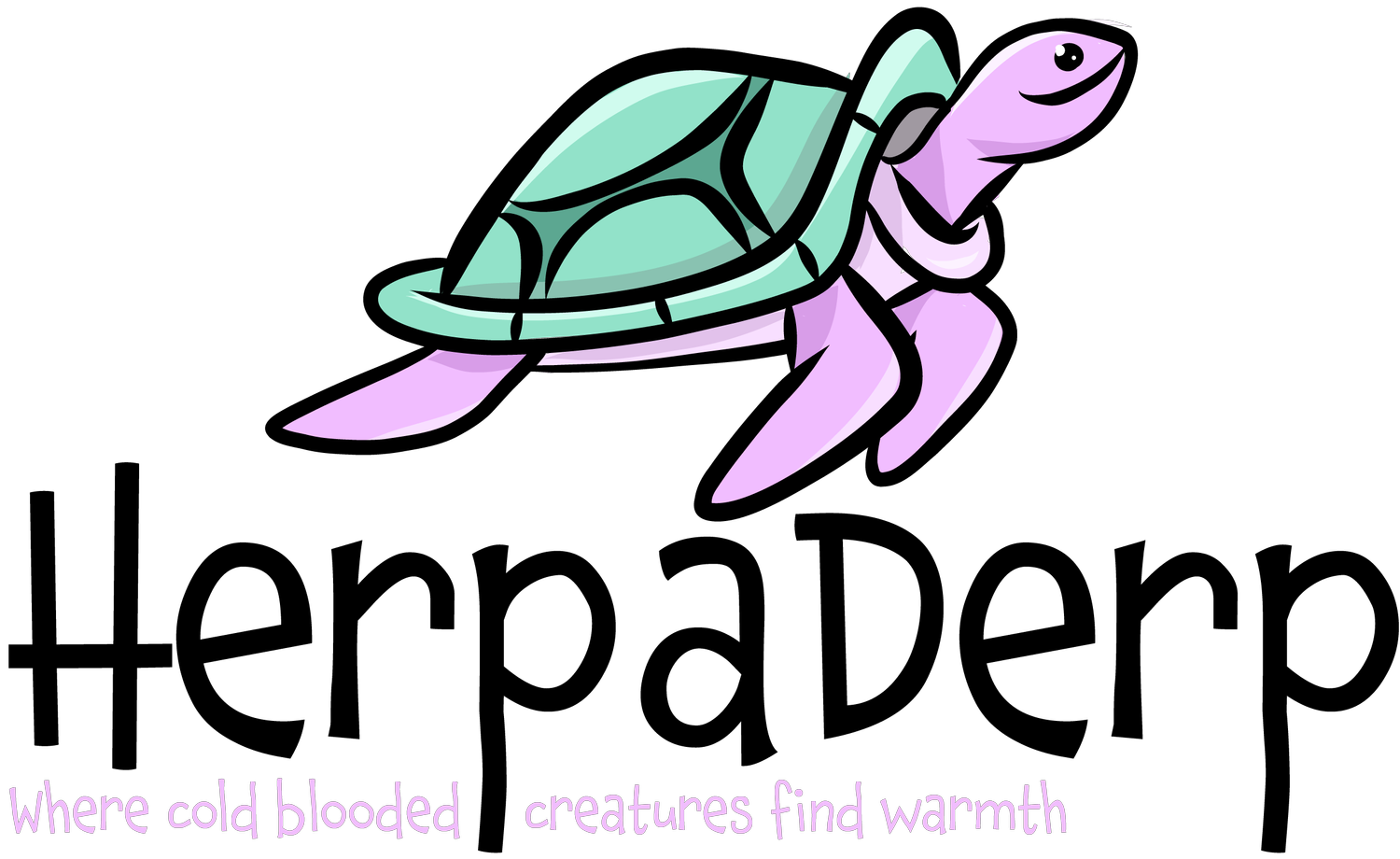Softshell turtles are aquatic turtles that are characterized by their flat, leathery shell. There are many different species of softshell turtles, but they all have similar care requirements.
Average lifespan: Softshell turtles can live up to 30-50 years in captivity.
Feeding requirement / diet: Softshell turtles are primarily carnivorous and should be fed a varied diet of insects, fish, and other aquatic creatures. They can also be given commercial turtle pellets as a supplement.
Humidity requirements: Softshell turtles require a humid environment, with a humidity level of around 70-80%. You can maintain humidity by misting the enclosure regularly and providing a water source.
Lighting/UV requirements: Softshell turtles require UVB lighting in order to synthesize Vitamin D3, which is important for their overall health. The UVB bulb should be replaced every 6-12 months.
Minimum enclosure size: Softshell turtles require a large aquatic enclosure, with a minimum size of 75 gallons for a single turtle. For every additional turtle, add an extra 25-30 gallons.
Water requirements: Softshell turtles require clean, warm water to swim and soak in. The water temperature should be maintained at around 75-80 degrees Fahrenheit.
Type of habitat, description of natural habitat: Softshell turtles are native to rivers, lakes, and other bodies of water throughout North America, Asia, and Africa. They prefer shallow, slow-moving water with sandy or muddy bottoms.
Description of morphs: There are several different species of softshell turtles, each with their own unique characteristics and colors. Some popular species include the Florida softshell turtle, the smooth softshell turtle, and the spiny softshell turtle.
Sociability: Softshell turtles are generally solitary animals, and should be housed alone or with members of the same species. They can be skittish and may not enjoy being handled, but can become accustomed to their owners over time.
Fun fact: Softshell turtles have a unique hunting technique where they bury themselves in sand or mud, leaving only their nostrils exposed. They then wait for prey to come close, and ambush them by quickly snapping their head out of the sand.
